404 Error
Not Found
Error: We are sorry, but the page you are looking for can't be found.
Please use the search below to find the article you were looking for.
Search
Search Results
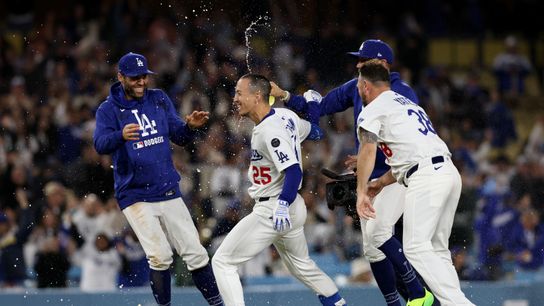 / Apr 29, 2025
/ Apr 29, 2025Tommy's day off ensues walk off win against Marlins
By Adrian Medina
Apr 29, 2025
 / Apr 28, 2025
/ Apr 28, 2025TST Exclusive: Catching up with Sparks forward Rickea Jackson
By Rey Moralde in Los Angeles
Apr 28, 2025
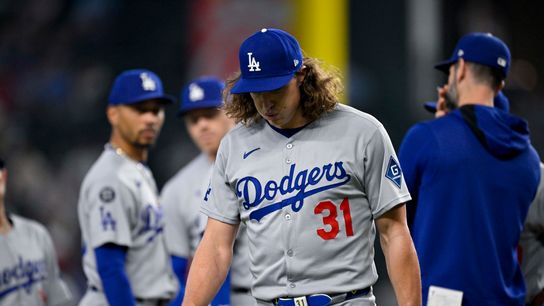 / Apr 28, 2025
/ Apr 28, 2025Dodgers place Tyler Glasnow on 15-day IL with right shoulder inflammation
By Adrian Medina at Dodger Stadium
Apr 28, 2025
 / Apr 28, 2025
/ Apr 28, 2025Cassidy's trust in himself and his players got Knights back on track
By Steve Carp at City National Arena
Apr 28, 2025
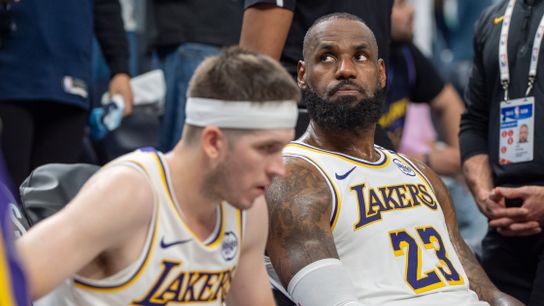 / Apr 28, 2025
/ Apr 28, 2025TST Today: Lakers collapse against Wolves and Kings third period woes
By Anwar Stetson at TST Headquarters
Apr 28, 2025
 / Apr 28, 2025
/ Apr 28, 2025Relentless Oilers overrun Kings' sat-back defense to level series, 2-2
By Zach Cavanagh at Rogers Place
Apr 28, 2025
 / Apr 28, 2025
/ Apr 28, 2025Oilers tie up series with overtime win
By Andrew Giesler at Rogers Place
Apr 28, 2025
 / Apr 28, 2025
/ Apr 28, 2025Galaxy's season hits new low in chaotic loss to Portland
By Anthony Bautista at Dignity Health Sports Park
Apr 28, 2025
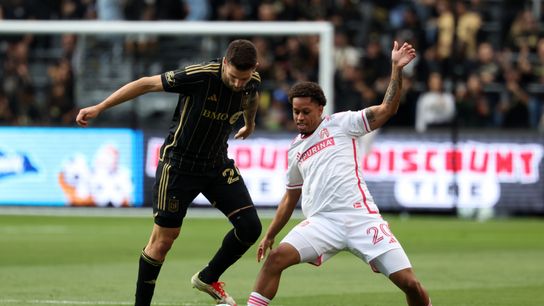 / Apr 27, 2025
/ Apr 27, 2025TST en Español: LAFC rescata empate en Casa y LA Galaxy sufre una nueva derrota
By Daniel Olea at BMO Stadium
Apr 27, 2025
 / Apr 27, 2025
/ Apr 27, 2025Bouanga's last-second score brings LAFC even in thriller
By Holdenn Graff at BMO Stadium
Apr 27, 2025
 / Apr 27, 2025
/ Apr 27, 2025Tyler Glasnow 'obsessed' with figuring out issue as he leaves game with injury
By Fredo Cervantes at Dodger Stadium
Apr 27, 2025
 / Apr 27, 2025
/ Apr 27, 2025Lakers crumble late, head back to L.A. one game from elimination
By Carlos Yakimowich at Target Center
Apr 27, 2025
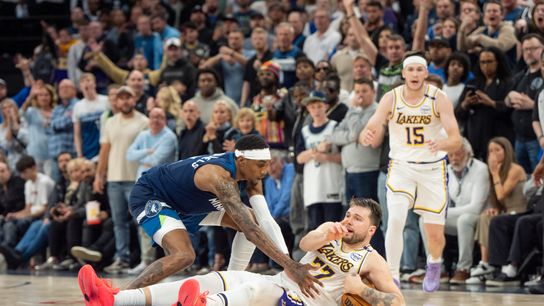 / Apr 27, 2025
/ Apr 27, 2025Lakers’ relentless cycle of self-sabotage seals fate in crushing Game 4 collapse
By Eric Lambkins II at Target Center
Apr 27, 2025
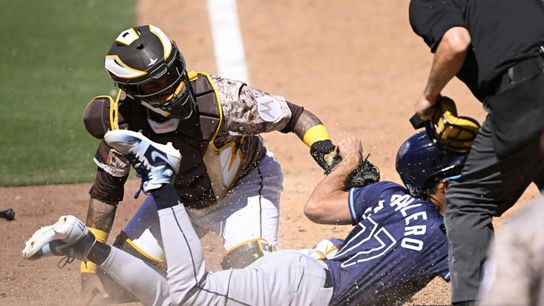 / Apr 27, 2025
/ Apr 27, 2025Padres swept for first time, Rays bullpen shuts down San Diego
By Eric Evelhoch at Petco Park
Apr 27, 2025
 / Apr 27, 2025
/ Apr 27, 2025Joe Ryan fans 11 as Twins shut out Angels
By The Sporting Tribune at Target Field
Apr 27, 2025
 / Apr 27, 2025
/ Apr 27, 2025USC sweeps Minnesota for seventh straight series win
By Oscar Brito in Minnesapolis
Apr 27, 2025
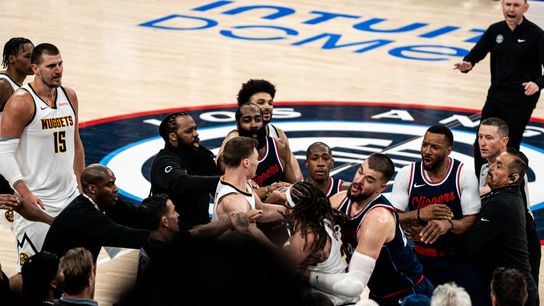 / Apr 27, 2025
/ Apr 27, 2025Clippers-Nuggets series packed with high-level playoff intensity
By Anthony De Leon at Intuit Dome
Apr 27, 2025
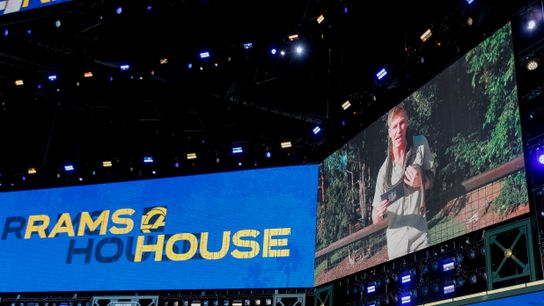 / Apr 27, 2025
/ Apr 27, 2025Rams bolster depth with strategic Day 3 draft moves
By Eric Lambkins II in Van Nuys
Apr 27, 2025
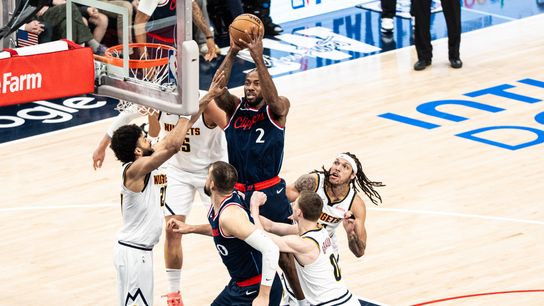 / Apr 27, 2025
/ Apr 27, 2025Clippers rally but Gordon saves Nuggets with game-winning dunk
By Grant Mona at Intuit Dome
Apr 27, 2025
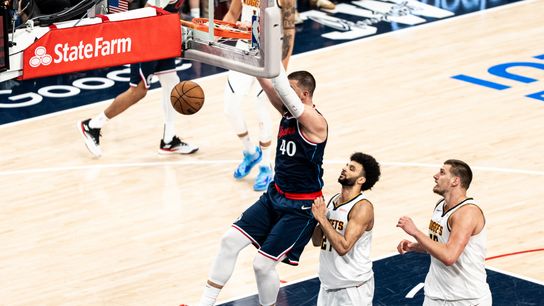 / Apr 27, 2025
/ Apr 27, 2025TST Images: Nuggets beat Clippers, 101-99, at Intuit Dome
By The Sporting Tribune at Intuit Dome
Apr 27, 2025